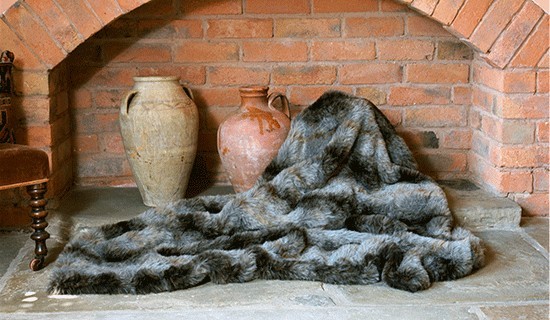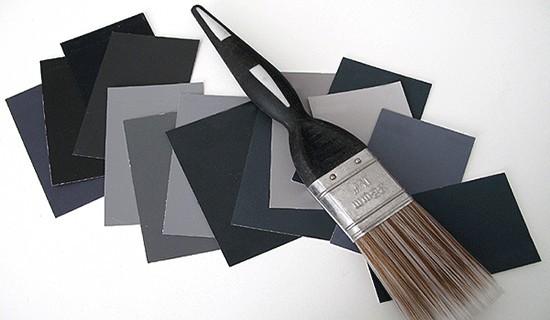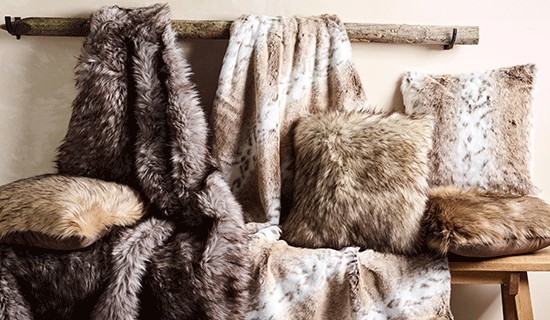The History of Tartan
Tartan fabric, from it's beginnings in history to it's uses today
Tartan (sometimes known as Plaid) is a patterned cloth with crossing horizontal and vertical bands in multiple colours, forming rectangular patterns. Tartans originated in woven wool, but are now made in many other materials. Tartan is particularly associated with Scotland; however, the earliest surviving samples of tartan-style cloth are around 3,000 years old and were discovered in Xinjiang, China.
The history of tartan fabric can be traced back thousands of years. Originally used to identify different Scottish clans and regions, tartan evolved from a practical means of recognition, to a symbol of Scottish heritage and pride. The oldest known Scottish tartan is the Falkirk tartan from the 3rd Century AD. Recently, a piece of fabric found in the Scottish Highlands dating to the 16th century has been identified as the oldest surviving tartan.
Today, tartan is not just a fabric; it is a design statement, a connection to heritage, and a versatile element in fashion and design. The modern uses and symbolism of Scottish tartan are as varied as the patterns themselves, reflecting both tradition and contemporary trends.
In contemporary fashion, tartan has made a significant impact. Designers from around the world have embraced the distinctive checks and stripes, incorporating them into everything from haute couture to everyday wear. Tartan skirts, scarves, and jackets are staples in many people’s wardrobes, offering a nod to Scottish heritage whilst remaining stylish and relevant. The adaptability of tartan patterns allows them to be used in both casual and formal settings, making them a favourite among fashion enthusiasts. Moreover, tartan’s association with quality and craftsmanship adds an element of prestige to garments that feature this iconic design.
Beyond fashion, tartan has now found its way into various aspects of modern life. Home décor is one area where tartan has become particularly popular. Tartan blankets, throws, cushions, and upholstery bring a touch of warmth and tradition to living spaces, creating an inviting atmosphere that resonates with the cosiness of Scottish highland homes.




Comments
No comment at this time!
Leave your comment